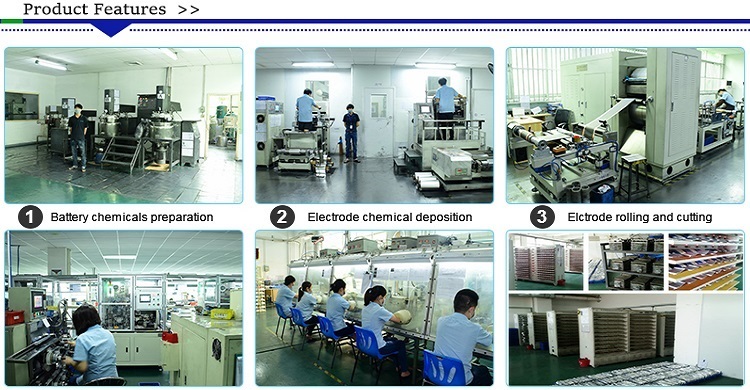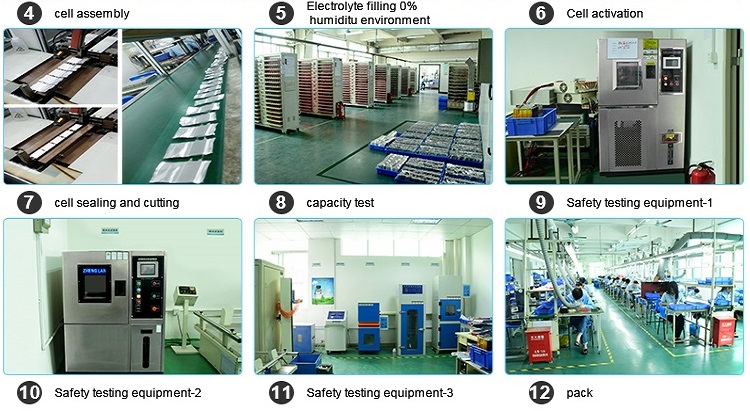Lithium polymer battery is a rechargeable battery, which mainly works by moving lithium ions between the positive and negative electrodes. During charging and discharging, Li + is intercalated and de intercalated back and forth between the two electrodes: during charging, Li + is de intercalated from the positive electrode and embedded into the negative electrode through electrolyte, and the negative electrode is in a lithium rich state; It is the opposite when discharging. According to the shape, the common batteries in the new energy vehicle market are divided into three categories: square aluminum shell battery, lithium polymer battery and cylindrical battery.

Lithium polymer battery refers to the battery with aluminum-plastic film as the outer packaging. Compared with square aluminum shell batteries and cylindrical batteries, lithium polymer batteries generally inflate first when potential safety hazards occur, or release energy from breaking the seal, which is not easy to explode, so its safety performance is higher; At the same time, the lithium polymer battery with the same capacity is lighter than the square aluminum shell and has higher energy density. In addition, the shape of lithium polymer battery can be customized according to the needs of customers. The design is more flexible and has more advantages in the development of new models of batteries. Of course, lithium polymer battery also has disadvantages. At present, most aluminum-plastic films rely on imports, and the production process is complex. The automation degree of the production line is not as high as that of square aluminum shell, and the production efficiency is low. In recent years, with the continuous improvement of the production process and equipment of lithium polymer battery, the production efficiency of lithium polymer battery is also improving.

Lithium polymer battery is mainly composed of positive and negative electrodes, electrolyte, diaphragm and shell. The protruding parts at both ends of the battery are the pole ears of the battery. The polar ear distribution of lithium polymer battery includes single head polar ear and double head polar ear. Taking the single head pole lug as an example, the schematic diagram of the disassembled battery is shown in Figure 2. It is not difficult to find the composition structure of the soft package lithium polymer battery, including positive electrode, negative electrode and diaphragm. In addition, lithium polymer battery also needs electrolyte as a channel for ion transport.


 Mobile/Whatsapp 0086-18695800088
Mobile/Whatsapp 0086-18695800088 
